(NLDO) - The mysterious temple is located near the historic city of Luxor in Egypt and may be dedicated to the lion-headed goddess Repit.
According to Live Science , archaeologists have introduced to the world the first artifacts excavated from an ancient temple built hidden in a cliff at the Athribis site, about 200 km north of Luxor, Egypt.
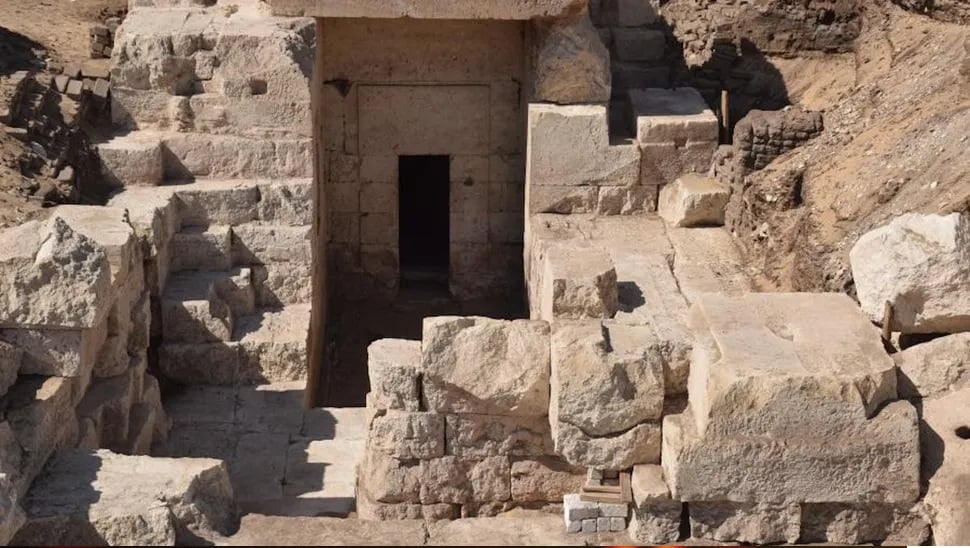
The entrance to the ancient Egyptian temple's storage room has just been identified - Photo: University of Tübingen
The first traces of the giant temple were discovered in 2012, but for years, researchers were left wondering what the strange relic they found was.
They only know that it is a cluster of structures up to 51 m wide, with giant towers at the entrance up to 18 m high.
The breakthrough came in 2022, when researchers discovered the entrance to a previously unknown room in the North Tower.
"We removed the ceiling block weighing about 20 tons using air cushions, wooden scaffolding and rollers, discovering a room 6 meters long and nearly 3 meters wide," the research team led by the University of Tübingen (Germany) told Sci-News.
The painstaking research steps over the next two years finally gave them the first preliminary information about the complex they had painstakingly excavated for more than a decade.
The room they found was apparently the storeroom of a temple.
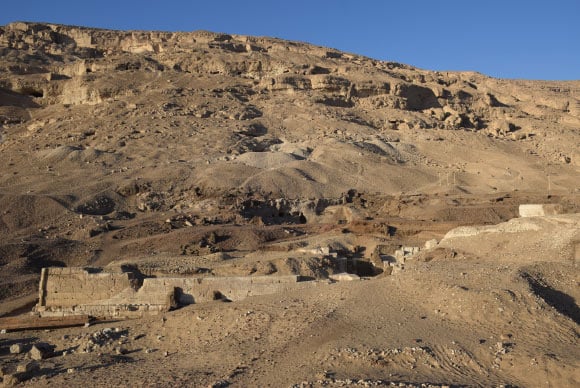
Aerial view shows the ruins of a temple built into the mountain - Photo: University of Tübingen
Inside the room, they found a relief depicting a pharaoh offering sacrifices to the lion-headed goddess Repit and her son Kolanthes.
Some restored hieroglyphs also show that the temple was built by Pharaoh Ptolemy VIII in the 2nd century BC, meaning the temple is more than 2,100 years old.
They have also partially restored a corridor leading through the north tower to the room, which is decorated with reliefs and hieroglyphs.
This corridor also features the goddess Repit, while the opposite doorway shows the fertility god Min (Repit's consort), accompanied by two very rarely depicted creatures, bearing the heads of a falcon and an ibis (African ibis).
“Unique in Egyptian temple architecture is a second door on the façade of the pylon, leading to a previously unknown staircase leading through at least four upper floors, now destroyed and possibly rebuilt as a storage room,” the authors said.
Several distinctive decorative structures, including a cobra relief, indicate that there may have been another door at the rear of the temple.
Scientists are continuing to work at the site in the hope of discovering other passages and rooms of what they believe to be a monumental temple.
The aforementioned entrance gave them first access to the inside of the temple, but the "main gate" was probably hidden somewhere under the rubble.
Source: https://nld.com.vn/phat-hien-ngoi-den-ai-cap-2100-tuoi-an-trong-vach-da-19624120411255127.htm



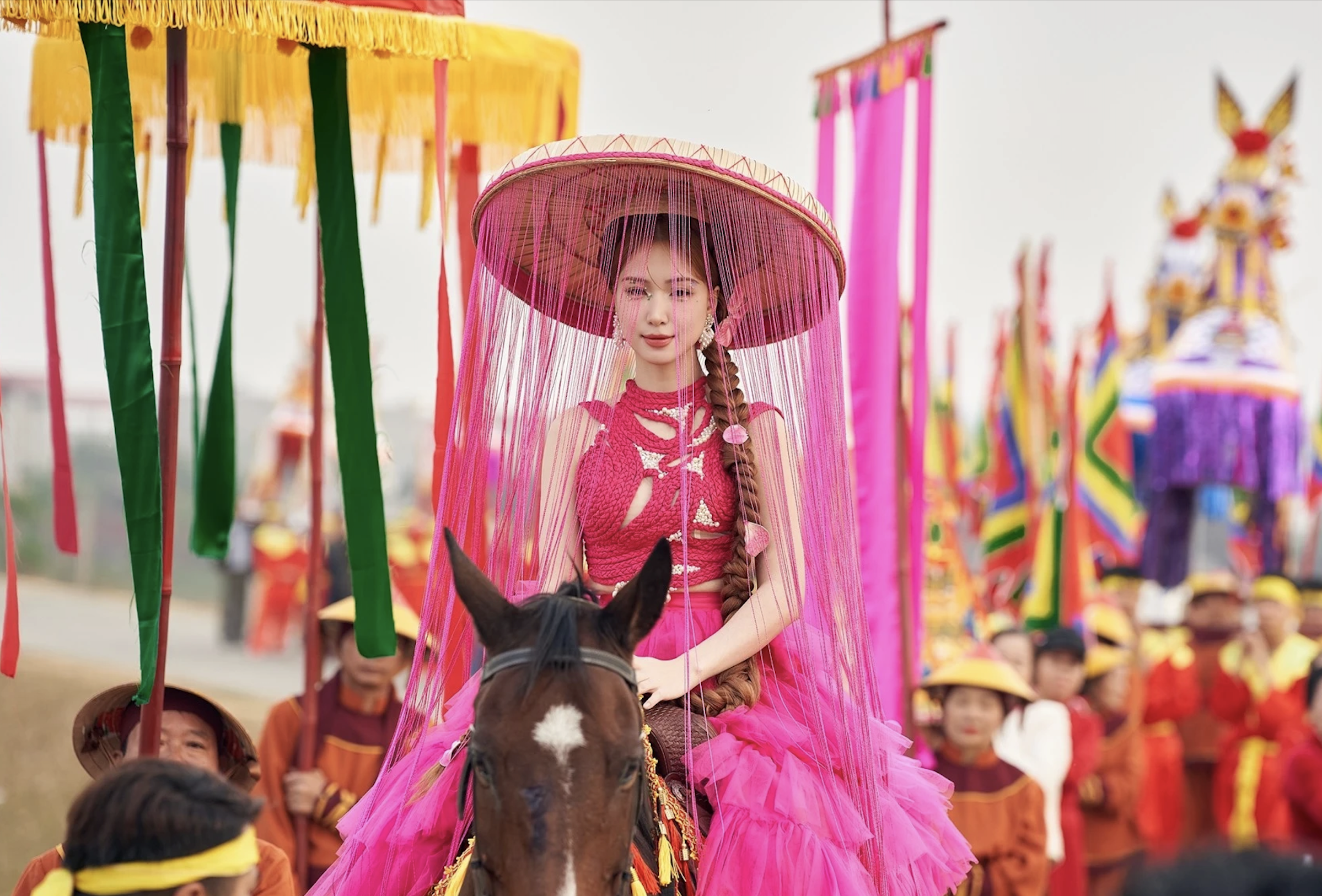
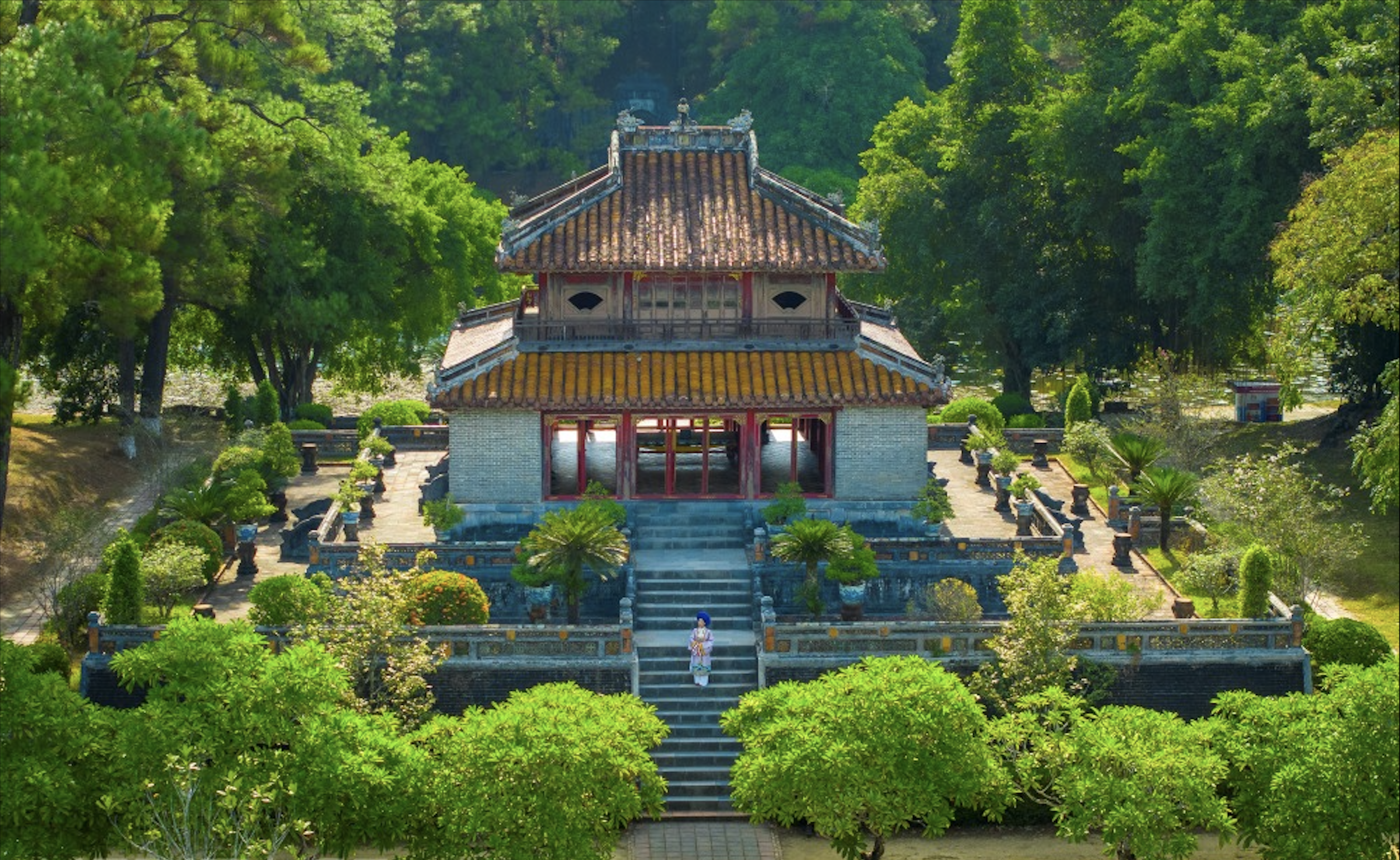
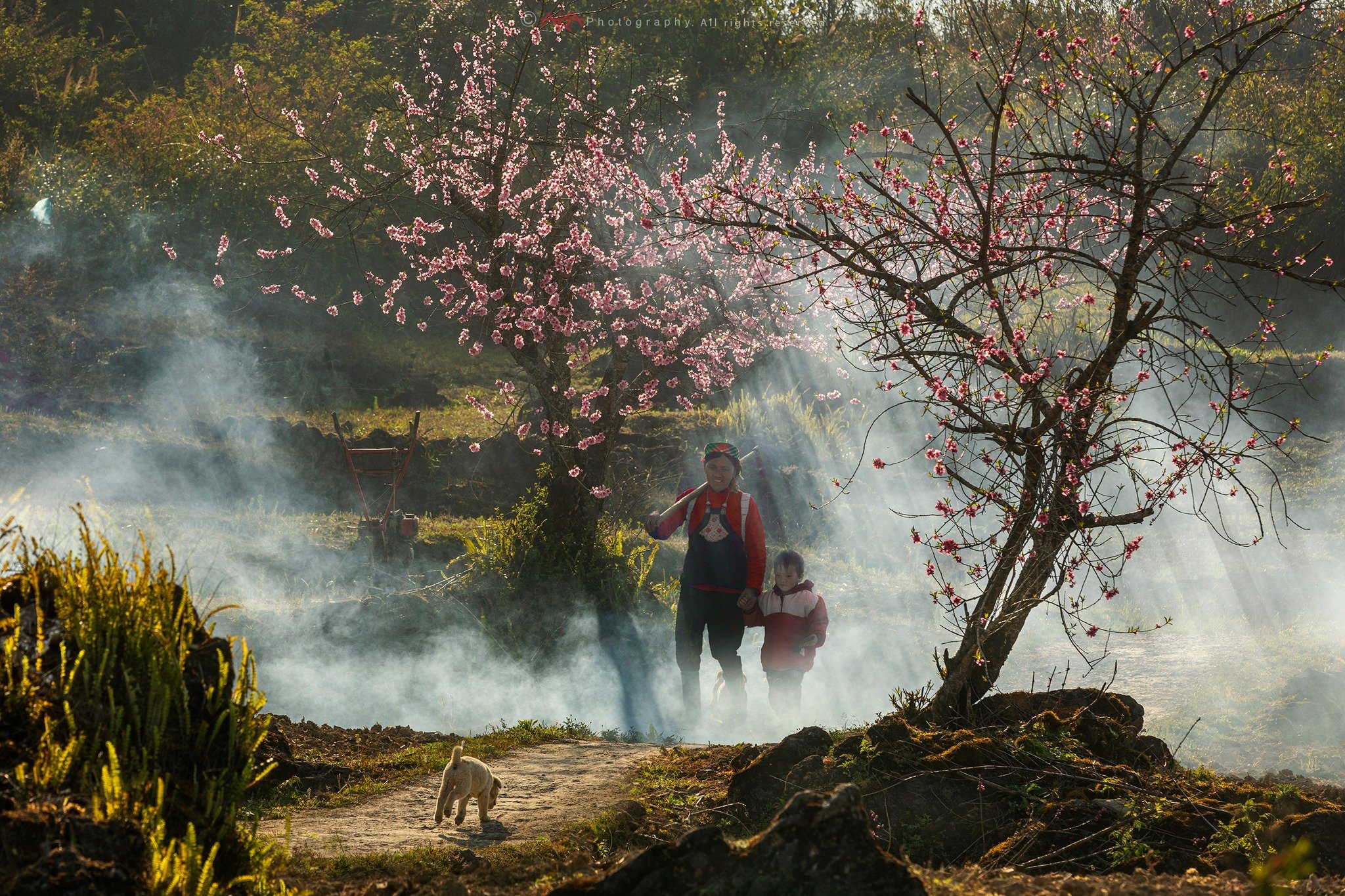
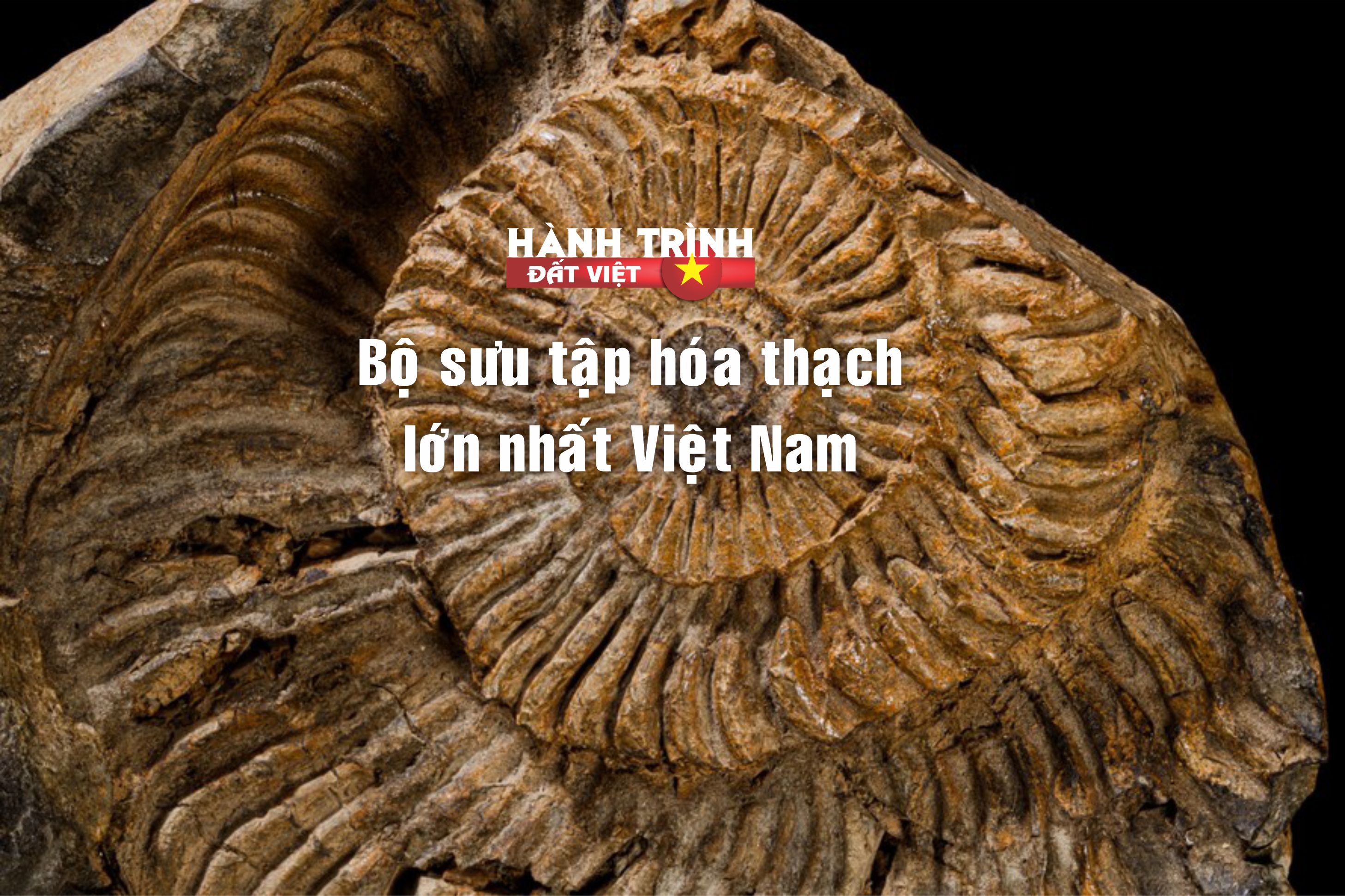

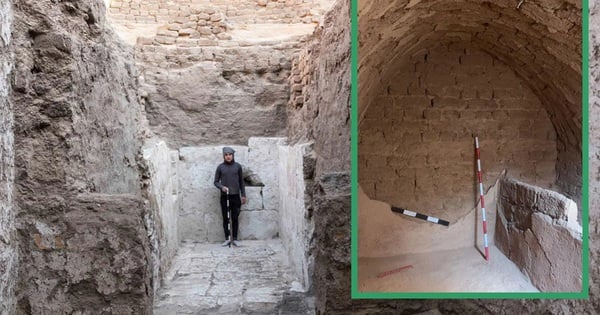


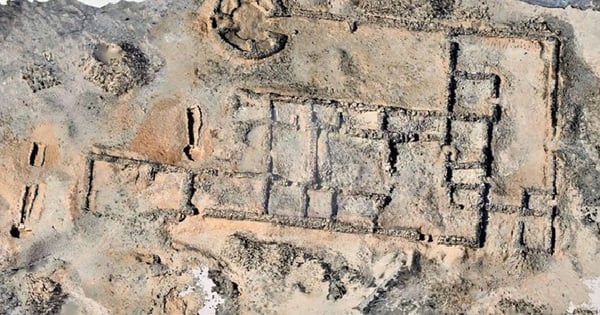


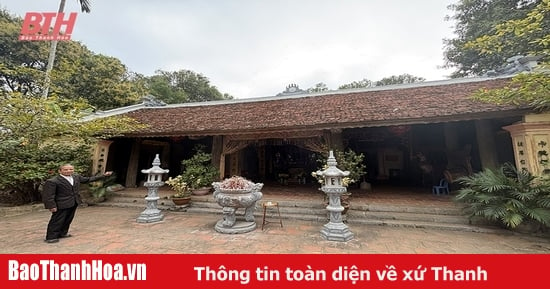

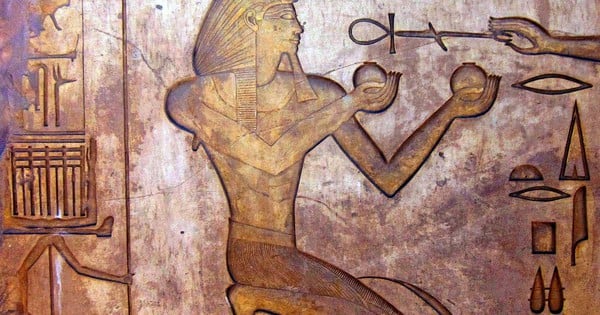






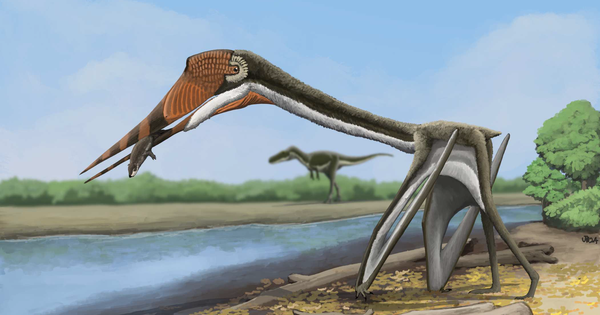




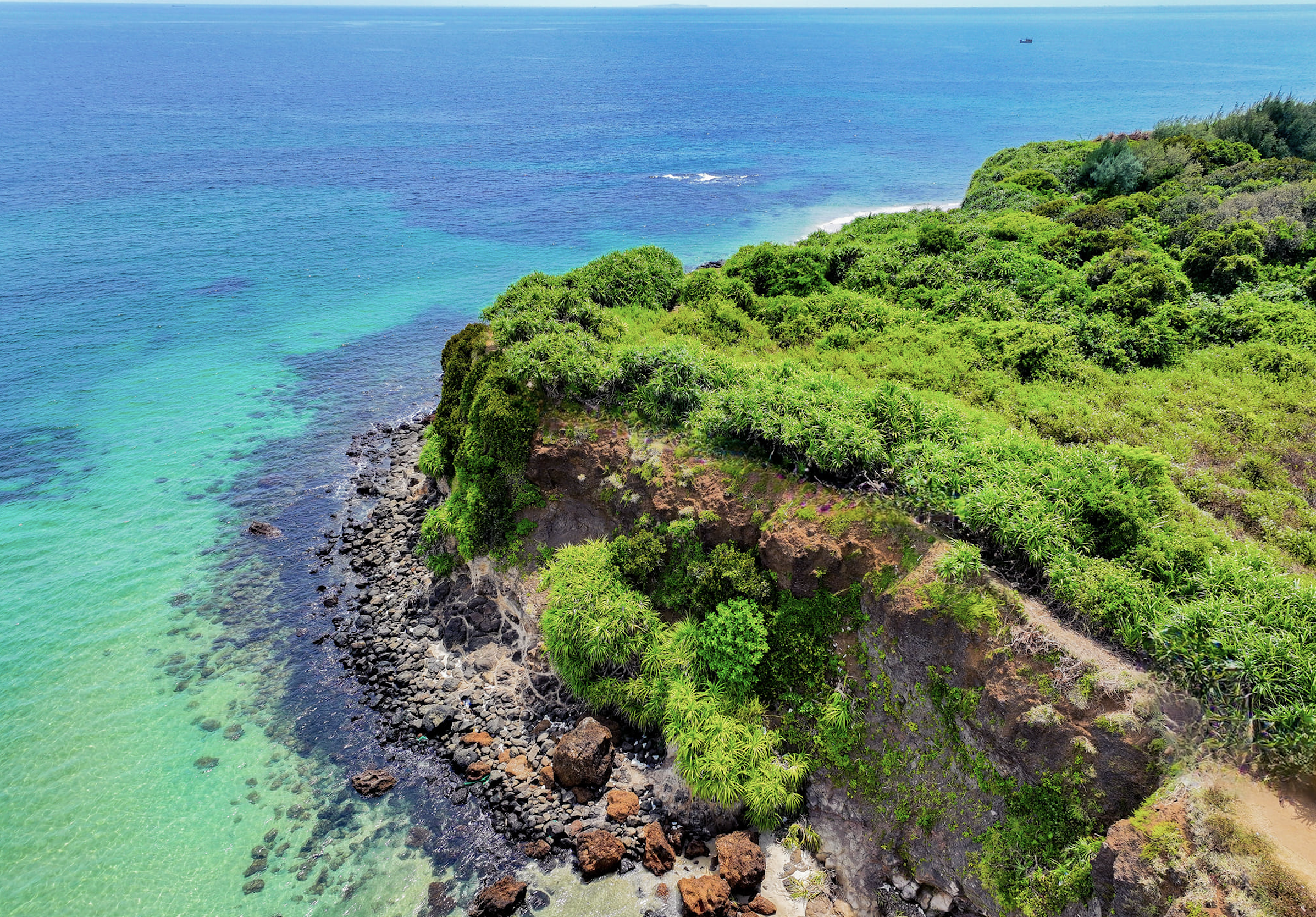






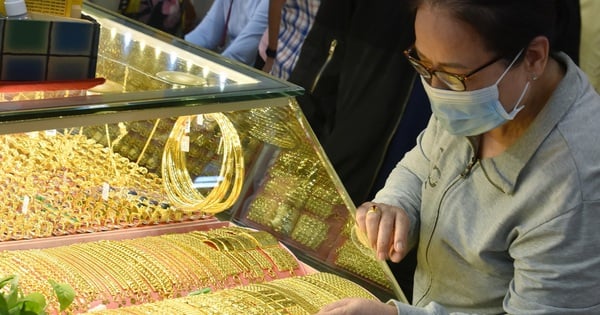



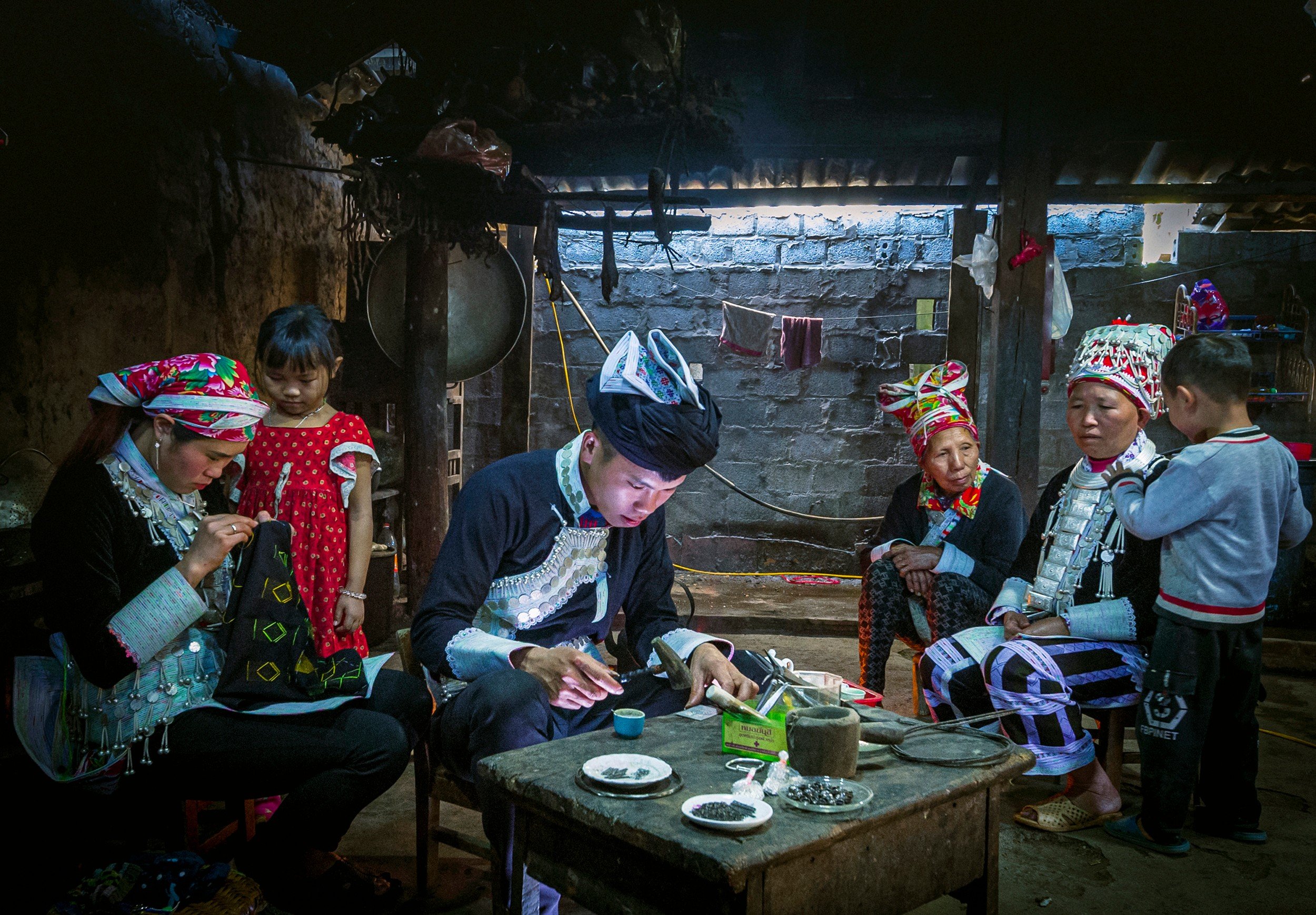

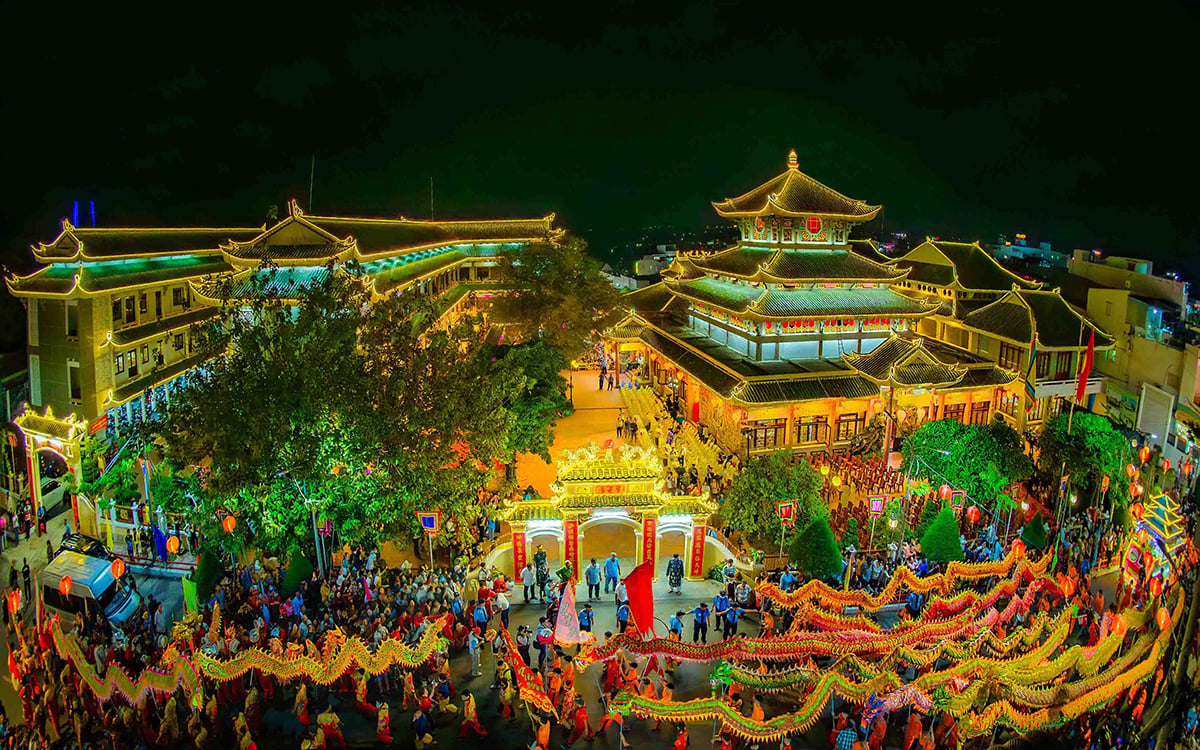


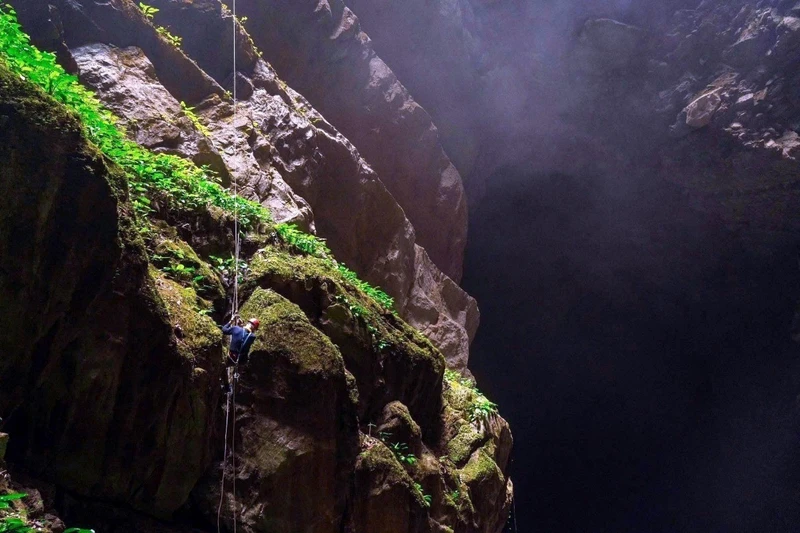



















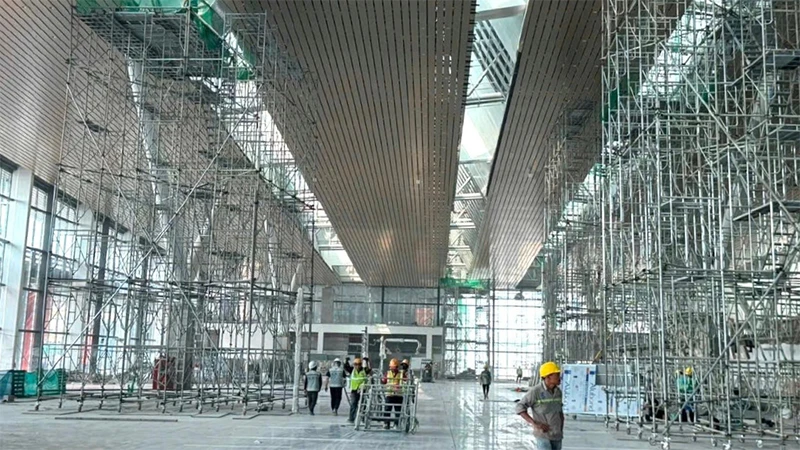




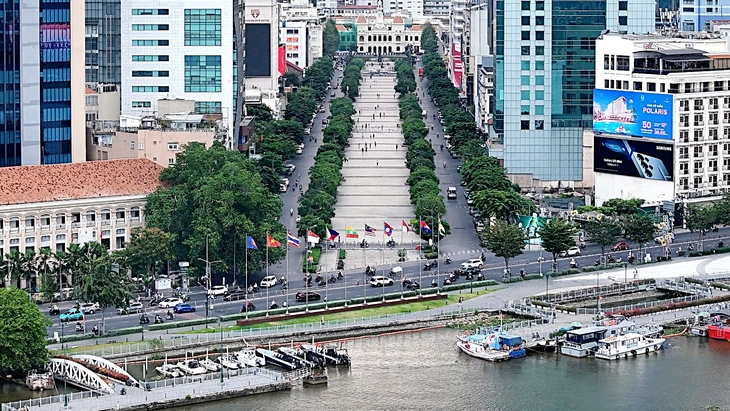
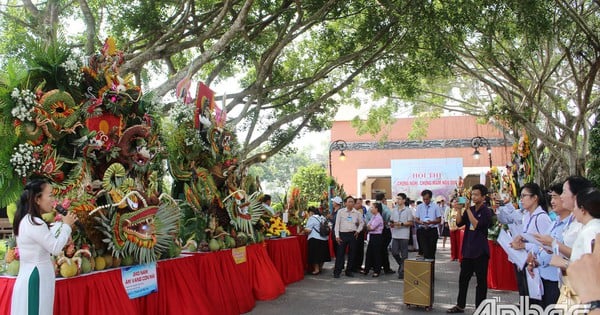

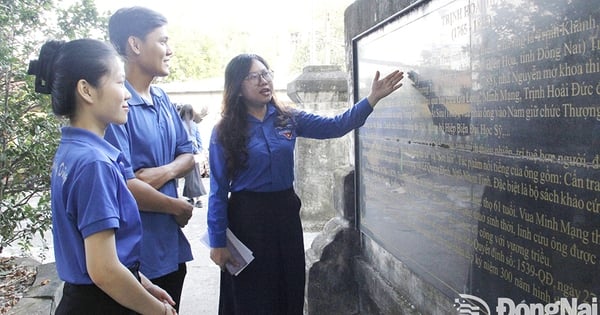






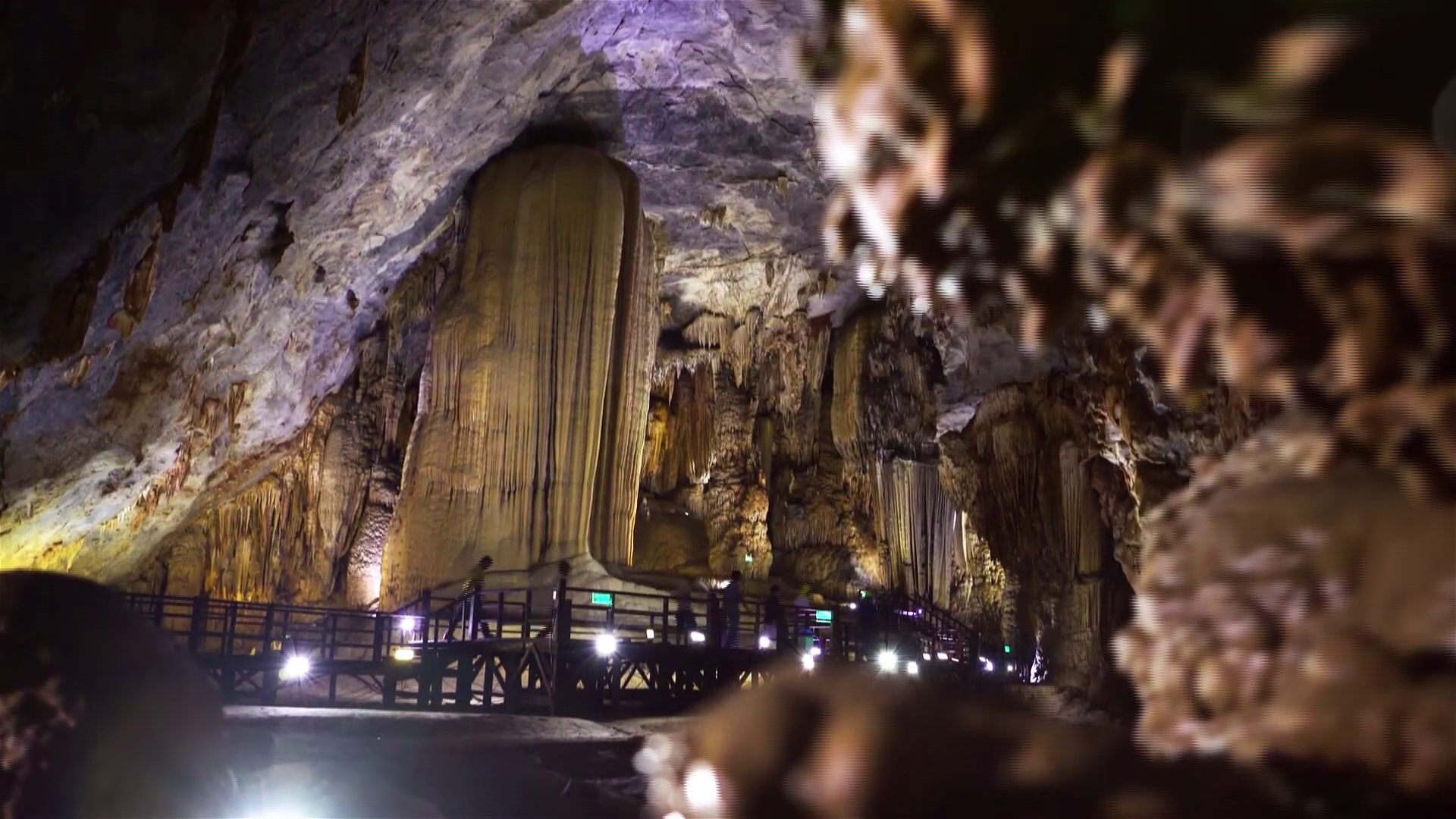















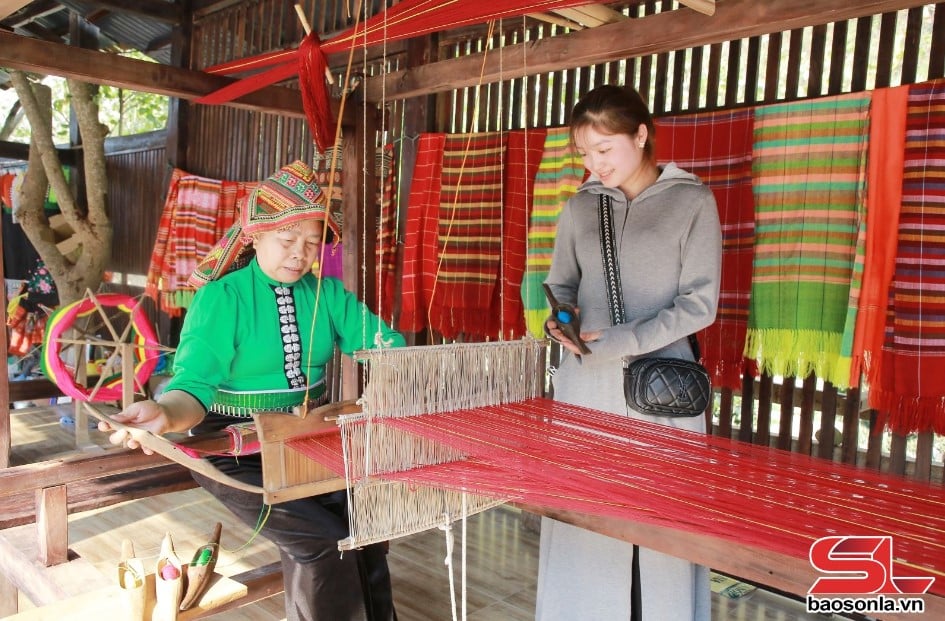


Comment (0)